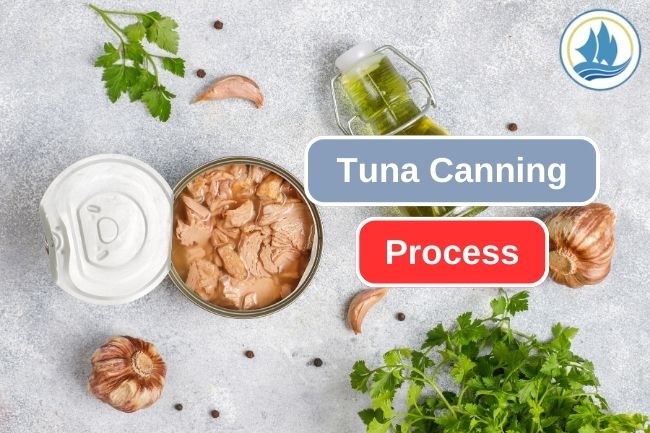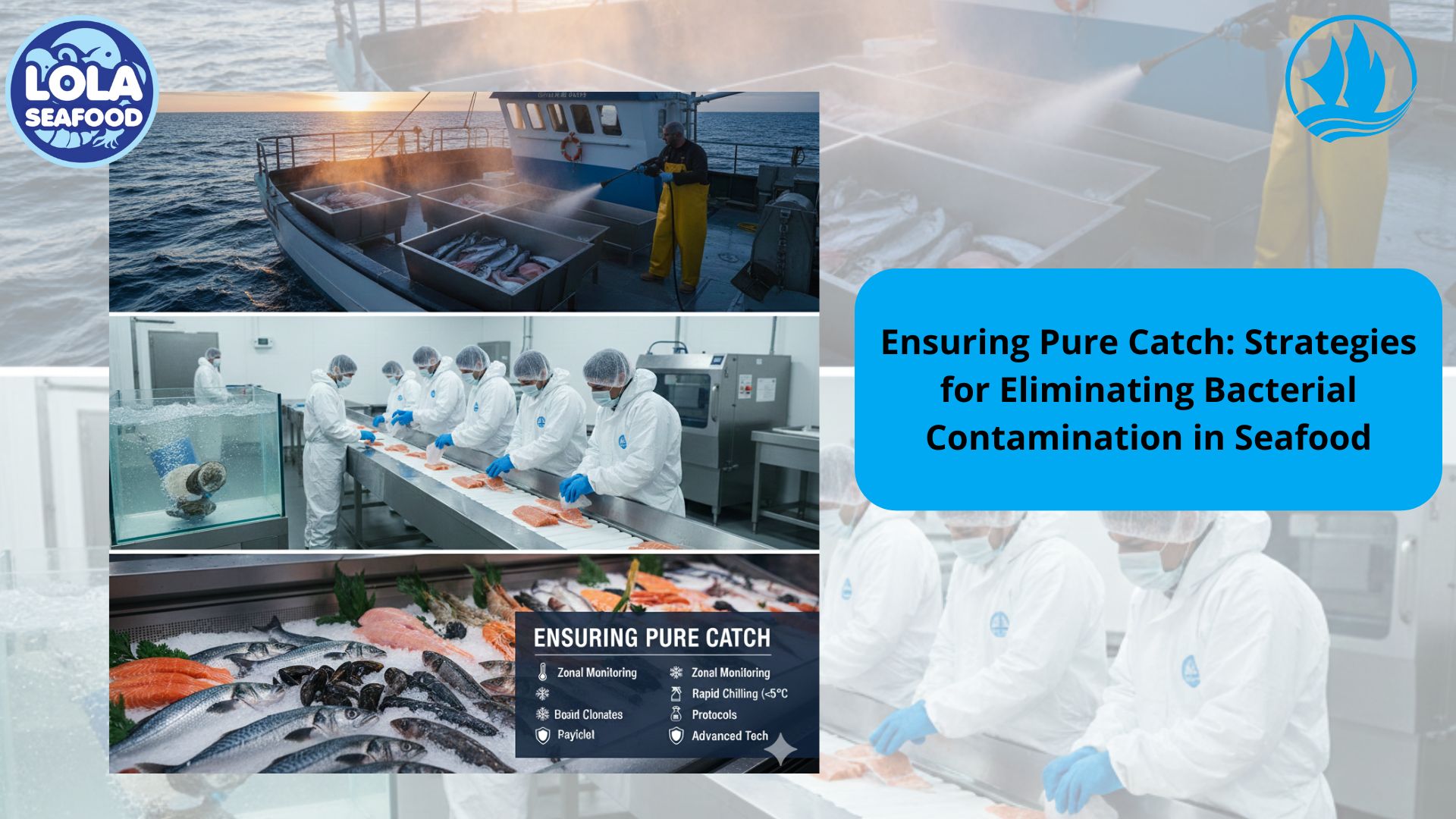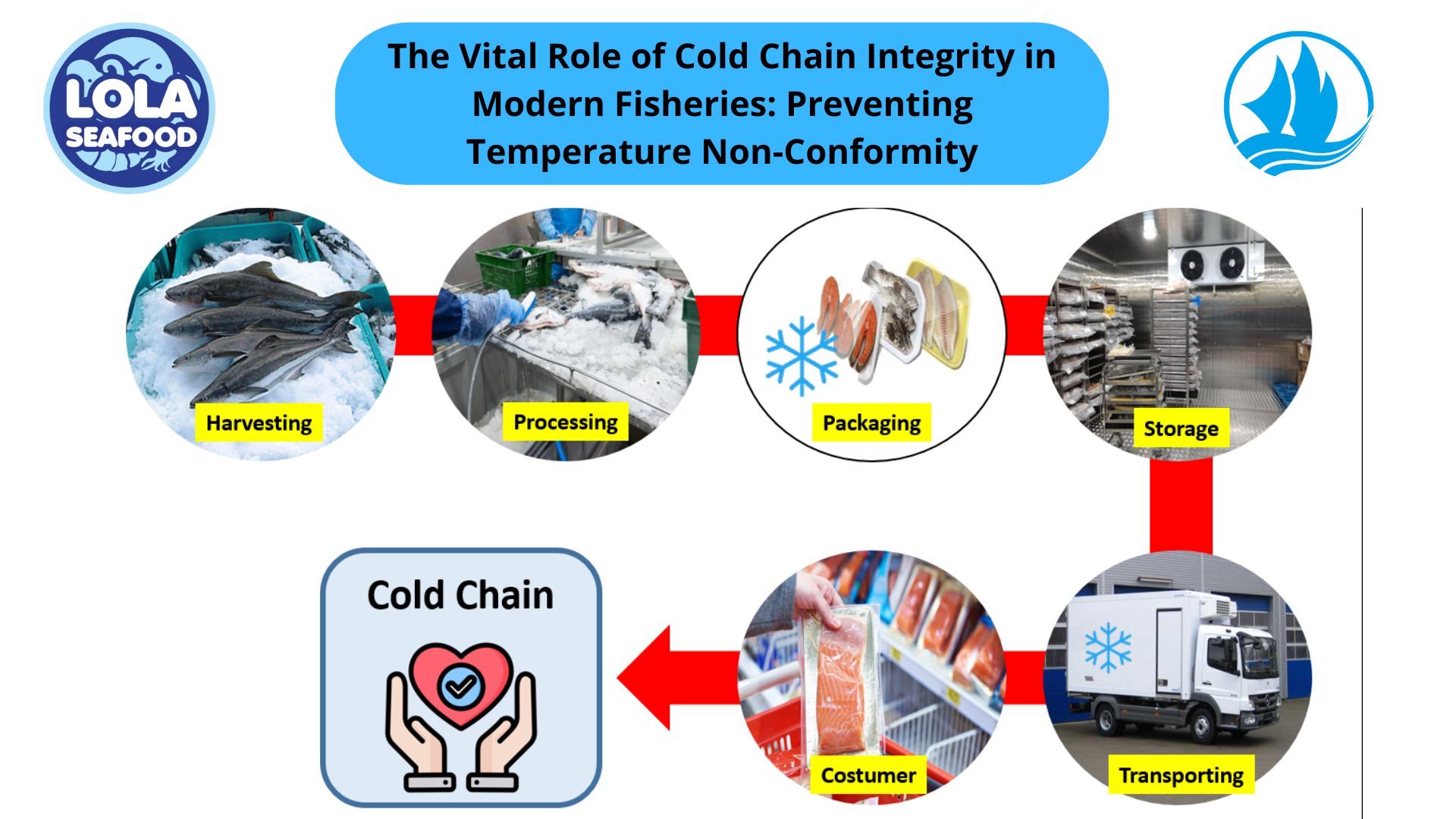Learn about Canned Tuna Making Process
By. Nevanda - 02 Aug 2023
kelolalaut.com - The process of making canned tuna involves several key steps to preserve and package the tuna in cans. Here are the general steps in making canned tuna:
1. Tuna Selection and Cleaning
Tuna used for canning is usually selected based on its size and quality. Fresh tuna is selected to ensure the final product has the best flavor and texture. Once selected, the tuna will be cleaned to remove impurities and unwanted parts.
2. Processing
After cleaning, the tuna is processed to remove the bones and skin. In some canned tuna products, the bones and skin will be retained to provide a certain texture. In addition, the tuna can be cut or crushed into pieces that suit the desired end product, such as large chunks or small granules.
3. Cooking
The tuna is then cooked to ensure the final product is safe for consumption and has a delicious flavor. The cooking process usually involves heating the tuna in boiling water or using other cooking technologies, such as vaporization or heating under high pressure.
4. Straining and Oil Removal
After cooking, the tuna will be filtered to remove the water and oil collected during the process. The tuna oil may be reused or processed into tuna oil for various purposes.
5. Adding Preservative Ingredients
Some canned tuna products may have additional ingredients added, such as salt, spices, or sauces to enhance flavor and aroma. These additives vary depending on the type of canned tuna product produced.
6. Canning
After the tuna has been processed and prepared, they are put into pre-sterilized cans. The cans are then tightly packed and filled with water, oil, or sauce, according to the desired type of canned tuna product.
Read also: Here Are 5 Lobsters That Are Cultivated in Indonesia
7. Sealing
Once filled, the cans are tightly closed and perfectly sealed to prevent contamination and extend the shelf life of the product.
8. Advanced Heating
After sealing, the cans with tuna inside may be heated again to kill any bacteria and other microorganisms still present and ensure the product is completely durable.
9. Cooling
After the heating process, the cans will be refrigerated before being labeled and sent to market.
With the above process, canned tuna can be produced in various forms and variations, such as tuna in oil, tuna in water, or tuna in tomato sauce. It is important to note that the manufacturing process of canned tuna may vary slightly depending on the manufacturer and the product produced.
Read also: 10 Fascinating Facts about Barramundi
.jpg)
The Impact of HACCP-Based Integrated Quality Management Programs on the Quality and Competitiveness of Fresh Demersal Fish Products
 and Employee Productivity on the Demersal Fish Processing Floor.jpg)


.jpg)



